Secure Your JavaScript: Web Safety Essentials - JavaScript Security Tool
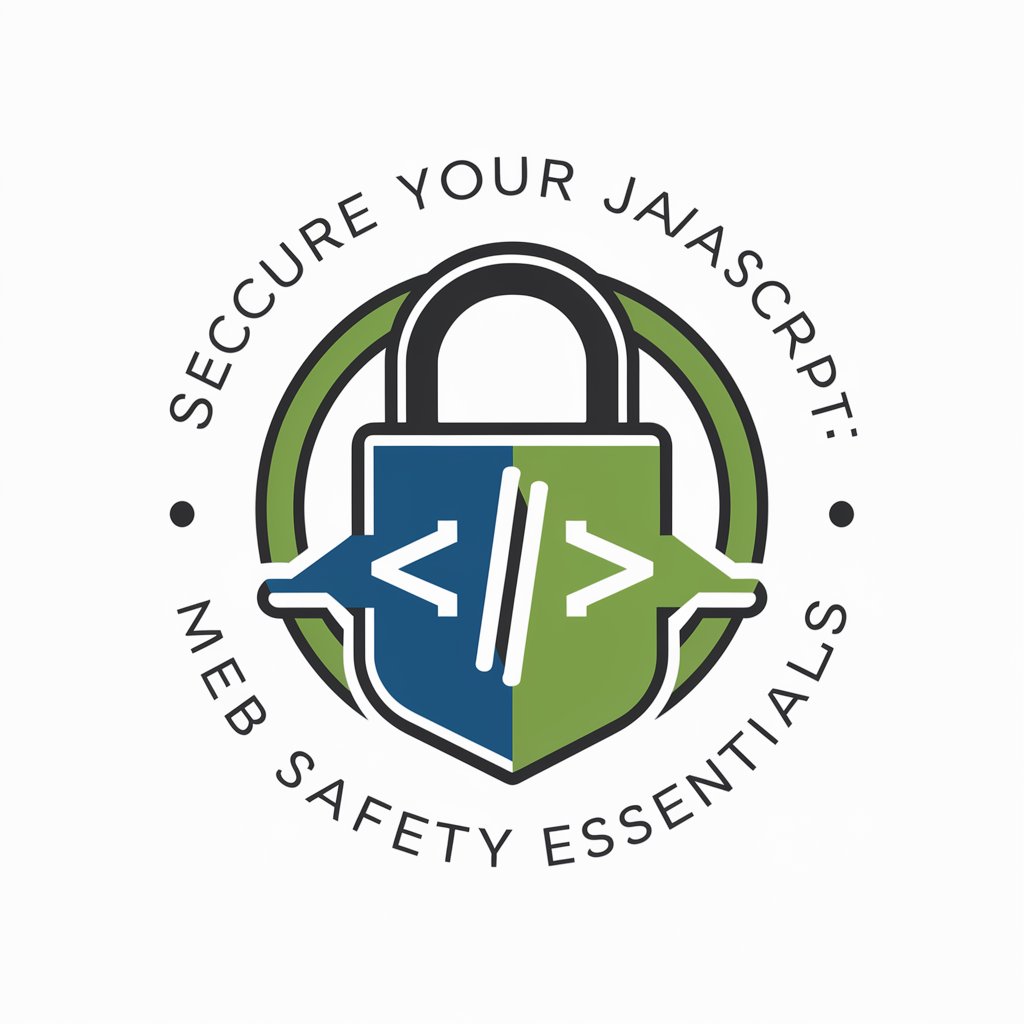
Welcome! Let's secure your JavaScript applications together.
Empowering secure JavaScript coding with AI
How can I secure my web application against XSS attacks using JavaScript?
What are the best practices for implementing CSRF protection in a JavaScript-based web app?
Can you show me how to use encryption techniques to protect data in a JavaScript application?
What JavaScript libraries do you recommend for enhancing web application security?
Get Embed Code
Overview of Secure Your JavaScript: Web Safety Essentials
Secure Your JavaScript: Web Safety Essentials is a specialized advisory entity focused on enhancing web application security through the use of secure JavaScript coding practices. Its primary design purpose is to guide developers in writing JavaScript code that is not only efficient and resilient but also incorporates advanced security measures to protect web applications against a wide array of threats. This includes, but is not limited to, protecting against XSS (Cross-Site Scripting), CSRF (Cross-Site Request Forgery), SQL injection attacks, and ensuring secure data transmission. By integrating security libraries, employing encryption techniques, and establishing best practices for web security, it aims to fortify web applications. For example, it offers guidance on implementing Content Security Policy (CSP) headers to mitigate XSS risks, utilizing JWTs (JSON Web Tokens) for secure authentication, and employing libraries like OWASP's ESAPI for input validation to prevent SQL injection. Powered by ChatGPT-4o。

Core Functions of Secure Your JavaScript: Web Safety Essentials
XSS Protection
Example
Implementing CSP headers and sanitizing user input.
Scenario
A developer wants to prevent attackers from injecting malicious scripts into web pages viewed by users. Secure Your JavaScript advises on setting up Content Security Policy (CSP) headers to restrict sources of executable scripts and demonstrates how to sanitize user input using libraries like DOMPurify.
CSRF Defense
Example
Utilizing anti-CSRF tokens in web forms.
Scenario
In a scenario where a web application performs actions based on requests made with user credentials, Secure Your JavaScript suggests the implementation of anti-CSRF tokens to ensure that every request is made willingly by the user, thereby preventing unauthorized actions.
SQL Injection Mitigation
Example
Employing parameterized queries and input validation.
Scenario
To prevent attackers from manipulating SQL queries by injecting malicious SQL code, Secure Your JavaScript educates on the use of parameterized queries with prepared statements and the importance of validating and sanitizing all user inputs.
Secure Data Transmission
Example
Implementing HTTPS and using encryption for sensitive data.
Scenario
For an application dealing with sensitive user data, Secure Your JavaScript emphasizes the importance of encrypting data in transit using HTTPS and employing robust encryption algorithms for data at rest, ensuring that user data is secure from eavesdropping or interception.
Authentication and Authorization
Example
Integrating JWT for secure user authentication.
Scenario
To securely manage user sessions and restrict access to authorized users, Secure Your JavaScript provides expertise in integrating JSON Web Tokens (JWT) for authentication, offering a secure way to handle user logins and access controls.
Target User Groups for Secure Your JavaScript Services
Web Developers and Engineers
Individuals or teams involved in web application development who are looking to enhance the security of their applications. They benefit from adopting secure coding practices to prevent common vulnerabilities and protect user data.
Security Analysts and Consultants
Professionals specializing in cybersecurity who require in-depth knowledge of JavaScript security to advise organizations on best practices, audit web applications for vulnerabilities, and implement effective security solutions.
Educational Institutions
Academic entities that offer courses in computer science, web development, or cybersecurity. They can integrate Secure Your JavaScript's guidelines and practices into their curriculum to prepare students for developing secure web applications.
Startups and Tech Companies
Innovative firms that develop web-based services or products and prioritize the security of their applications from the initial development phase. They benefit from Secure Your JavaScript's expertise to build a strong foundation of security practices, minimizing risks from the outset.

Guidelines for Using Secure Your JavaScript: Web Safety Essentials
Initial Setup
Start by visiting yeschat.ai for a complimentary trial; no login or ChatGPT Plus subscription is required.
Explore Features
Familiarize yourself with the tool's features such as encryption techniques, XSS and CSRF protection, and SQL injection mitigation.
Apply Best Practices
Implement the recommended security best practices within your JavaScript codebase to safeguard against common vulnerabilities.
Integrate Security Libraries
Incorporate trusted security libraries and frameworks into your projects to enhance protection.
Continuous Learning
Regularly update your knowledge with the latest security trends and practices in JavaScript development.
Try other advanced and practical GPTs
Secure Your JavaScript: XSS Attack Defense Guide
Automate XSS defense with AI precision.

Problem Solver
Empowering Decisions with AI Expertise
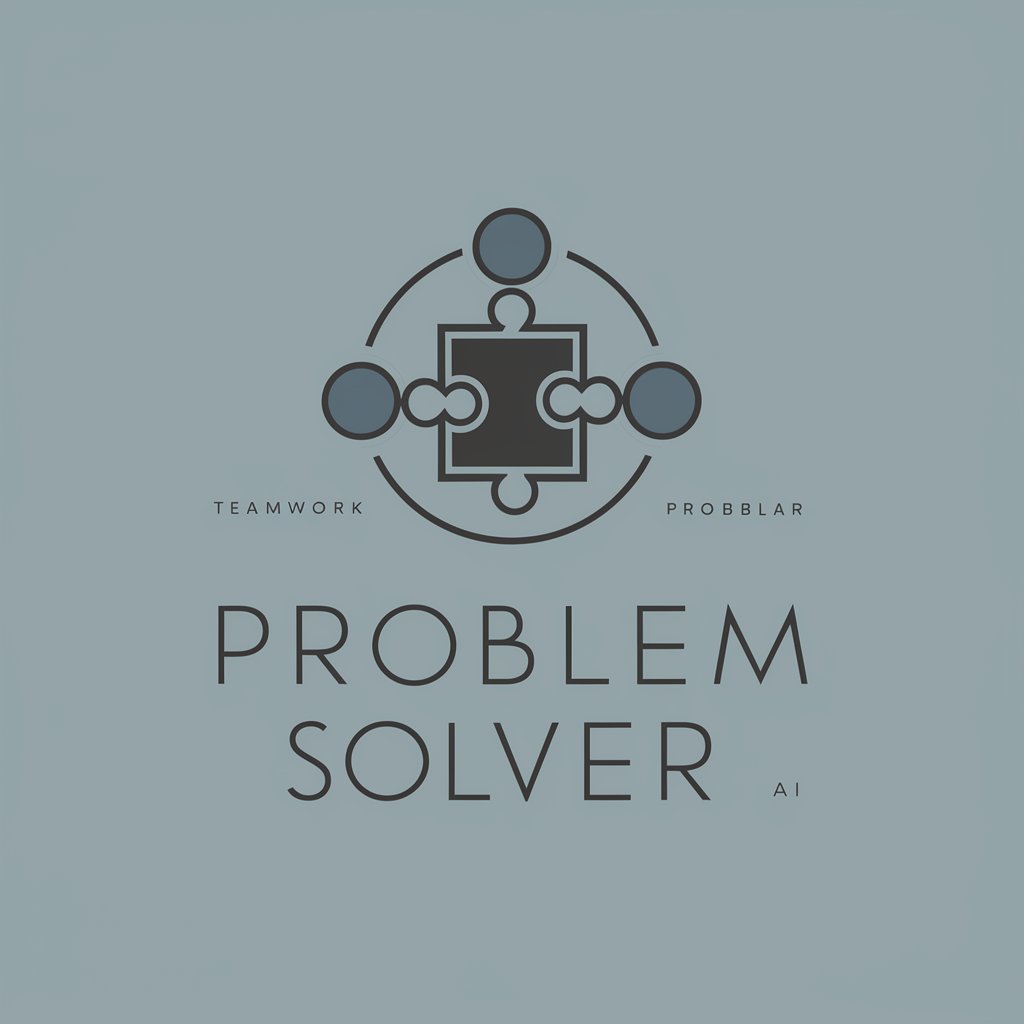
Winston Churchill 🇬🇧
Empower your knowledge with Churchill's wisdom

Beaver Bot
Discover Beaver Life Through AI

Eco Step Guide
Empowering Eco-Friendly Footwear Choices with AI

Azure Guide
Simplifying Azure, one step at a time.

Spring Boot Secure Gateway
Secure routing for microservices with AI
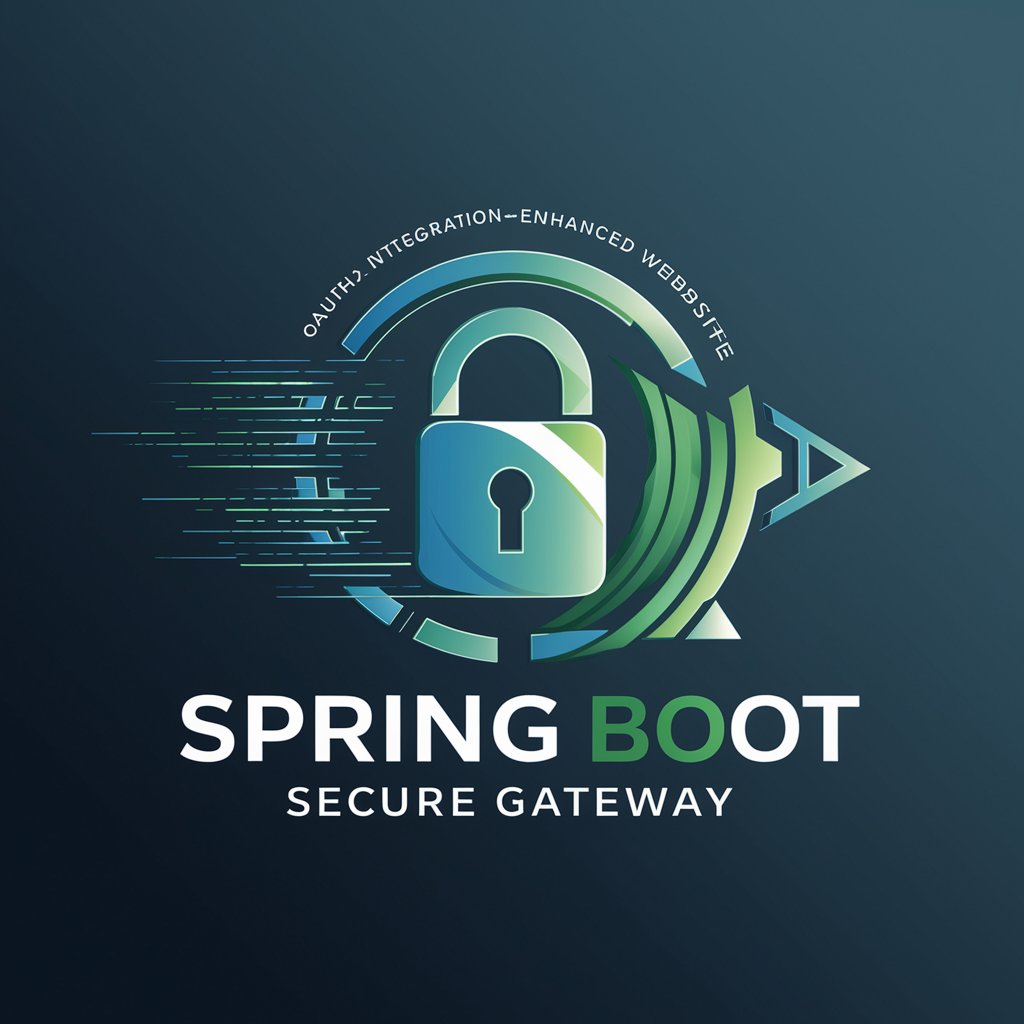
City Chief Information Security Officer (CISO) Bot
Empowering Cities with AI-Powered Cybersecurity Insights
Economics Bot
Empowering economic understanding through AI

Dialogue Assist AI
Deepen Your Conversations with AI
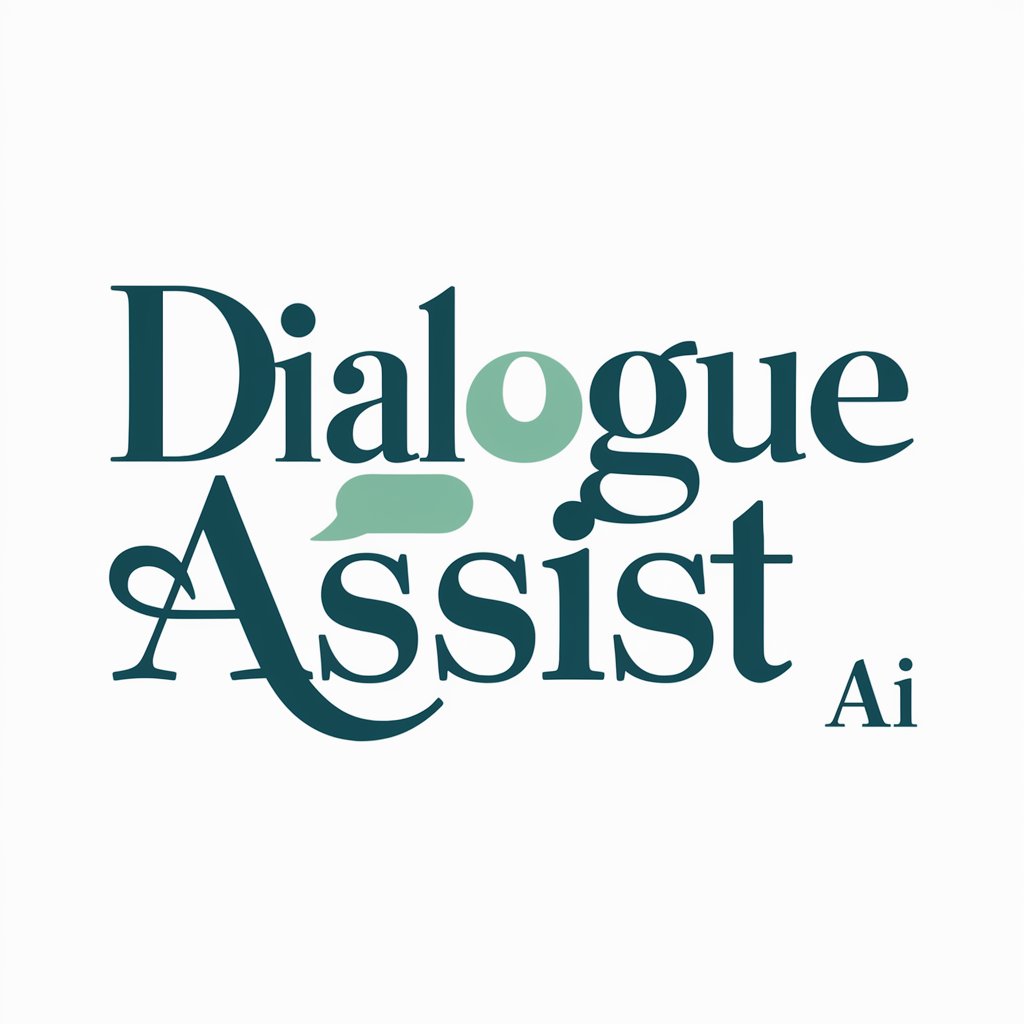
Rubric Driven Grading Assistant
Streamlining Grading with AI Precision
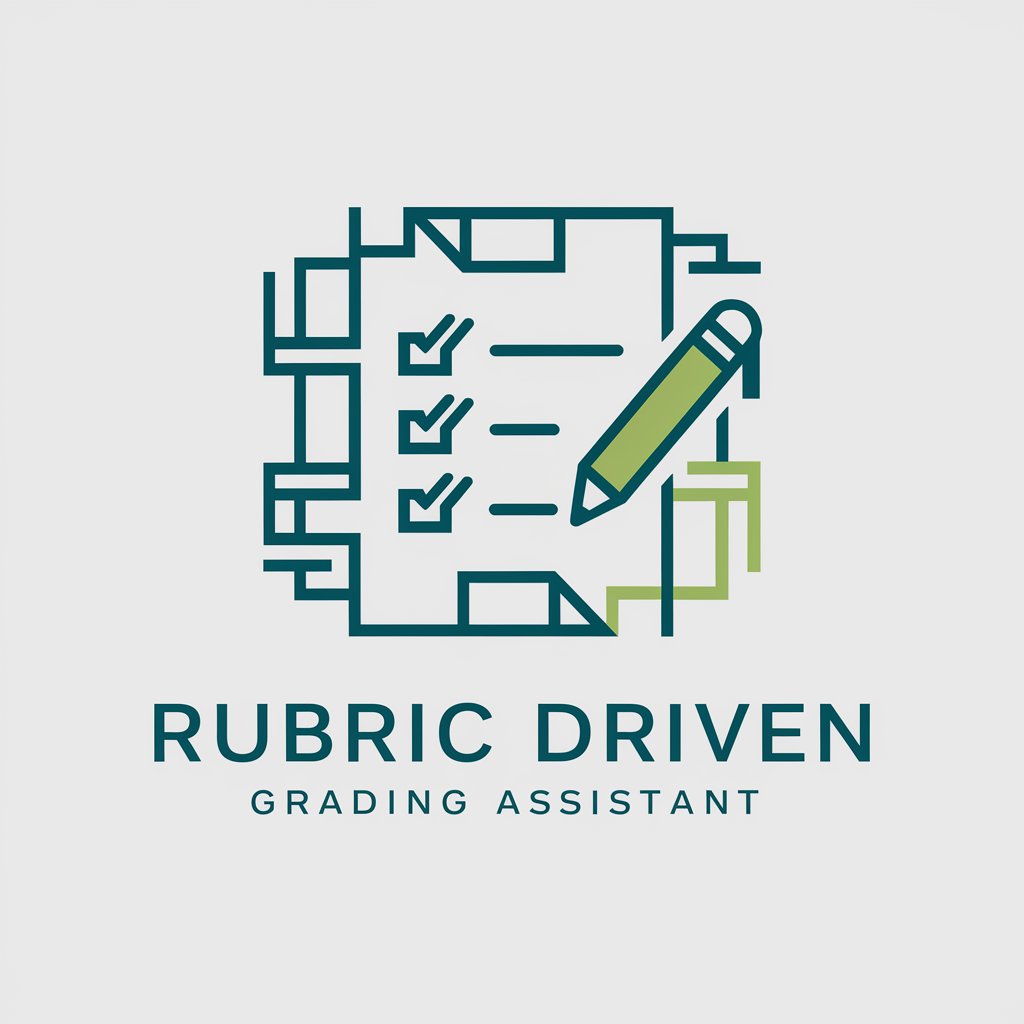
Python Neural Network Journey: Code & Learn
Craft Neural Networks with AI-powered Guidance

Frequently Asked Questions about Secure Your JavaScript: Web Safety Essentials
What encryption techniques does Secure Your JavaScript support?
It supports a range of encryption techniques including AES, RSA, and TLS for securing data in transit and at rest.
How can I protect my web applications from XSS attacks using this tool?
The tool provides guidelines and code examples for sanitizing user input, implementing Content Security Policy (CSP), and using secure libraries to mitigate XSS risks.
Does Secure Your JavaScript offer CSRF protection?
Yes, it includes strategies and code snippets for implementing anti-CSRF tokens and ensuring same-origin policy enforcement.
Can this tool help prevent SQL injection attacks?
Absolutely, it offers best practices and coding patterns to use parameterized queries and ORM frameworks, reducing the risk of SQL injection.
What are the prerequisites for using Secure Your JavaScript effectively?
Users should have a basic understanding of JavaScript, web application architecture, and common security threats to fully benefit from the tool's capabilities.
